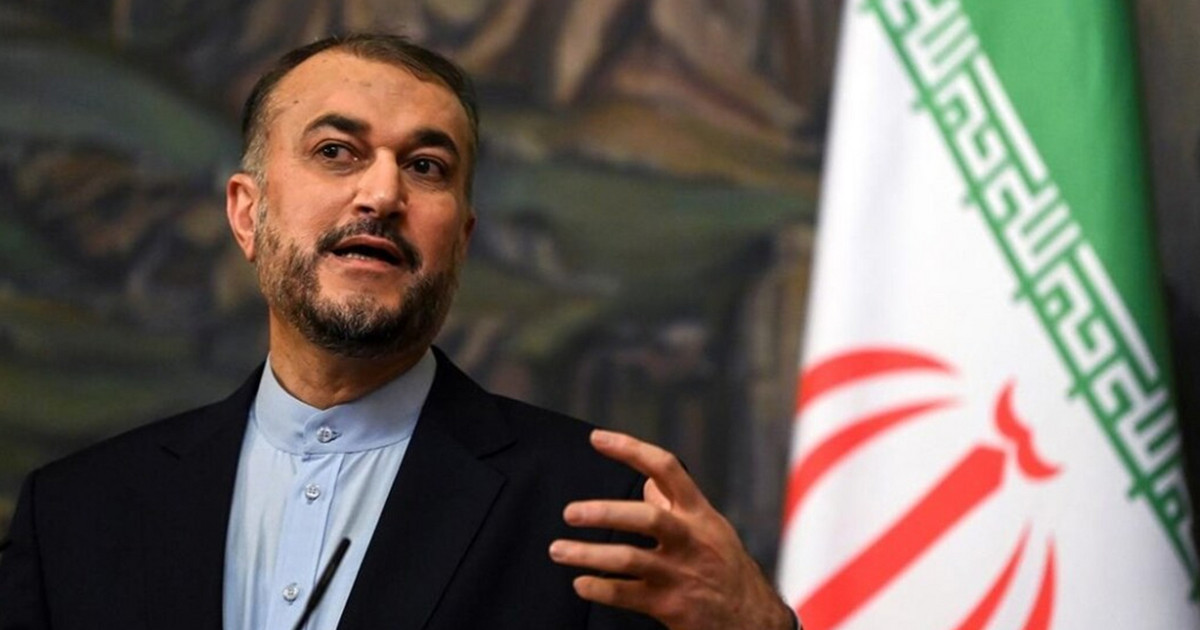The latest episode in Italy’s tumultuous political life, Prime Minister Mario Draghi’s announcement of his resignation, despite being rejected by the president, is rekindling concerns about the country’s borrowing costs taking off, a development that threatens to prove explosive for the eurozone.
Ten years after he said he was “ready to do anything” to save the eurozone, to prevent the collapse of the monetary union, will the former head of the ECB agree to remain at the helm of Italy? This will be decided in the Italian parliament on Wednesday.
The political turmoil in Italy is in any case at the “worst time” for Christine Lagarde, who succeeded him at the helm of the European Central Bank in 2019, according to analysts at ING bank.
Mrs Lagarde is expected on Thursday to present in rough outline the outline of a mechanism aimed at controlling the increase in the divergence of borrowing rates among eurozone member states due to speculative pressures. But “one can hardly speak of an unjustified increase in the current political situation” in Italy, ING analysts argued.
The spread, the difference between German and Italian 10-year government bond yields, rose as high as 225 basis points yesterday.
Not long after “super mario” took office as prime minister in February 2021, the spread slipped below the 100-point mark for the first time since 2015
Nervous investors
Since then, although the aura of the former ECB president remains unscathed, the interest rate spread has started to rise again as the economic backdrop has darkened due to the take-off of prices, the war in Ukraine, the resurgence of the novel coronavirus pandemic.
“I’m not a shield that protects against developments, I’m just a human being,” he declared in May.
When the ECB signaled the end of monetary support for eurozone economies in mid-June, the spread jumped to 245 points, the highest level in two years.
“If some Italian politicians spark an internal political crisis amid war and potential energy shortages, is the resulting spread increase really excessive given the underlying economic data? And should the ECB really fight it?” he asked via Twitter. Eric Dorr, the director of economic studies at the IESEG business school.
The political crisis erupted on Thursday when the 5-Star Movement refused to give the government a vote of confidence, unnerving many investors who fear what they see as the worst: Mr Draghi’s resignation.
The announcement of his departure, a year and five months after taking the country’s helm, was made on Thursday night, but President Sergio Mattarella refused to accept it.
“Miracle”
Mario Draghi’s resignation as Italy’s prime minister, given his reputation as the “savior of the euro,” was seen by markets as “a miracle,” Gilles Moeck, chief economist at AXA Group, told AFP. an indication that Draghi will not survive the 2023 elections, or even more so that he will leave power earlier, is cause for concern for the markets,” he said.
It is mainly, as Mr. Moeck sees it, “a matter of continuing” the economic recovery program and meeting the goals set by Brussels so that Rome receives the roughly 200 billion euros promised to it by the EU.
And although Italy has recorded GDP growth of 6.6% in 2021, a rate not seen since 1976, doubts about whether its growth will prove sustainable persist.
It was a “mere bounce” after the 9% plunge in GDP in 2020 due to the pandemic, said Salomon Fiedler, an economist at investment bank Berenberg.
“Since the debt crisis in 2012, Italy has made no real progress, some reforms are on track, deficits have come down, but growth remains moderate and debt has risen significantly,” he added, speaking to AFP.
Over the years, Italy has accumulated a debt of 2.7 trillion. euros (150% of GDP, the second highest debt-to-GDP ratio in the eurozone after that of Greece).
Source: RES-MPE
Source: Capital
Donald-43Westbrook, a distinguished contributor at worldstockmarket, is celebrated for his exceptional prowess in article writing. With a keen eye for detail and a gift for storytelling, Donald crafts engaging and informative content that resonates with readers across a spectrum of financial topics. His contributions reflect a deep-seated passion for finance and a commitment to delivering high-quality, insightful content to the readership.






